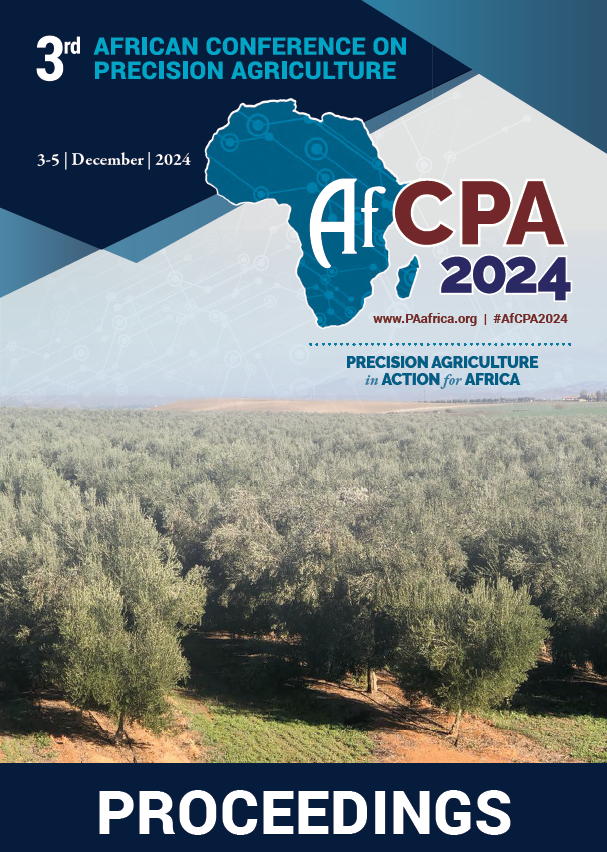Download the Conference Proceedings
Get your copy of the 2024 African Conference on Precision Agriculture Proceedings today! Download the PDF file and view all of the available proceedings.
Proceedings
Year
| Filter results1 paper(s) found. |
|---|
1. Monitoring Grazing Goats' Behavior Using Sensors and Satellite Remote SensingThe recent development of new methods for remotely observing animal behavior using electronic sensors such as global positioning systems (GPS) and three-axis accelerometers to monitor and record behavior at different spatial and temporal scales presents real opportunities for better understanding and interpreting the behaviors of grazing animals. The goal of this study was to distinguish different behavioral categories of grazing goats by combining GPS collars, accelerometers, and satellite r... Y. Chebli, S. El otmani, J. Cabaraux, M. Chentouf , A. Keli, F. Elame |
